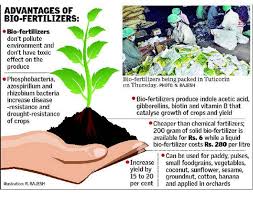Travel Tips
Lorem ipsum dolor sit amet, consectetur adipiscing elit.

Biofertilizers
 Biofertilizers are living or biologically active products or microbial inoculants of bacteria, algae and fungi which are able to enrich the soil with nirogen (N), phosphorus (P) and organic matter etc.
Biofertilizers are living or biologically active products or microbial inoculants of bacteria, algae and fungi which are able to enrich the soil with nirogen (N), phosphorus (P) and organic matter etc.